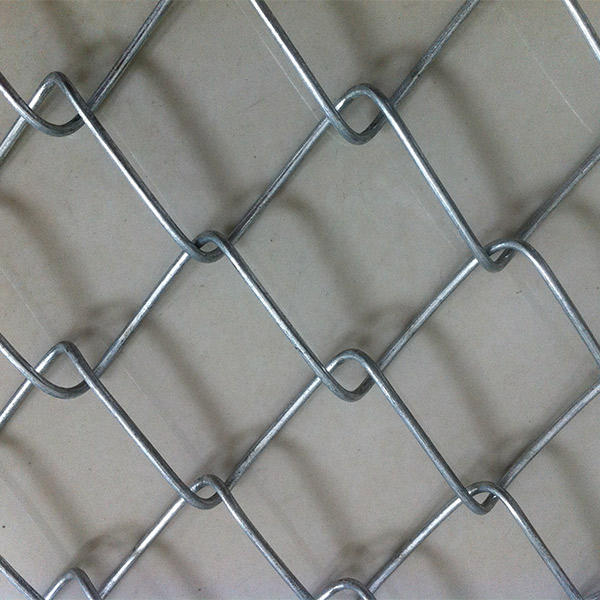Sep . 13, 2024 17:24 Back to list
oem welding steel mesh
Understanding OEM Welding Steel Mesh An Overview
In today's industrial landscape, the demand for high-quality steel products continues to grow. One such product that plays a pivotal role in various applications is the OEM (Original Equipment Manufacturer) welding steel mesh. This specialized steel mesh is widely used in construction, agriculture, manufacturing, and other industries due to its versatility and strength.
What Is Welding Steel Mesh?
Welding steel mesh is a type of wire mesh produced by welding together steel wires at their intersections, creating a sturdy grid-like structure. This process ensures that the wire mesh can bear significant loads and resist deformation under pressure. OEM welding steel mesh is specifically produced according to the requirements of different manufacturers, allowing customization in terms of size, spacing, and wire diameter.
Applications of OEM Welding Steel Mesh
The applications of OEM welding steel mesh are extensive. In construction, it is often used as reinforcement in concrete structures, enhancing the overall durability and stability of buildings, pavements, and bridges. The welded mesh distributes loads more evenly across surfaces, reducing the risk of cracking and failure.
In agriculture, this steel mesh is commonly used for fencing, creating enclosures for livestock, or as support structures for climbing plants. Its strength ensures long-lasting barriers, protecting crops and animals from external threats.
Moreover, in manufacturing, OEM welding steel mesh is integral in the production of various products, ranging from automotive components to household items. Its modular design allows for efficient assembly and adaptability in the manufacturing process.
oem welding steel mesh

Benefits of OEM Welding Steel Mesh
The key advantages of OEM welding steel mesh stem from its inherent properties. First and foremost, its high tensile strength makes it ideal for heavy-duty applications. The welded intersections provide excellent load-bearing capacity, making it suitable for critical structural applications.
Another significant benefit is customization. OEM manufacturers can tailor the welding steel mesh to meet the specific needs of their clients. This includes adjusting the mesh size, wire thickness, and surface finish, ensuring that the final product aligns perfectly with its intended use.
Additionally, welding steel mesh is cost-effective. By using this material, manufacturers can minimize labor costs and production time, leading to increased efficiency. The longevity and durability of welded mesh also mean that it requires less frequent replacement, ultimately saving money in the long run.
Conclusion
In summary, OEM welding steel mesh is a versatile and robust solution for a variety of industries. Its applications in construction, agriculture, and manufacturing highlight its importance in modern production processes. The combination of strength, customization, and cost-effectiveness makes it an appealing choice for businesses looking to enhance their operations.
As industries continue to evolve and face new challenges, the role of OEM welding steel mesh will only expand, solidifying its place as a fundamental component in both current and future applications. Those involved in purchasing or producing steel products would do well to consider the advantages of this innovative material, harnessing its potential to drive growth and efficiency in their respective fields.
-
High-Quality Steel Grating Solutions for Industrial Applications | Durable, Safety, Customization
NewsJul.13,2025
-
Advanced Solutions-CompanyX|Enterprise Efficiency&Cost Reduction
NewsJul.13,2025
-
Sustainable Manufacturing-EcoTech Innovations|Waste-to-Energy System&Zero Emissions
NewsJul.13,2025
-
Welded Wire Mesh- Buildings Wiremesh Co., Ltd.|Durable Construction Material&Industrial Strength Solution
NewsJul.13,2025
-
Smart Production Solutions-Example Corp|AI Automation&IoT Monitoring
NewsJul.13,2025
-
Advanced Industrial Solutions-Advanced Industrial Solutions|Manufacturing Efficiency&Productivity
NewsJul.13,2025

